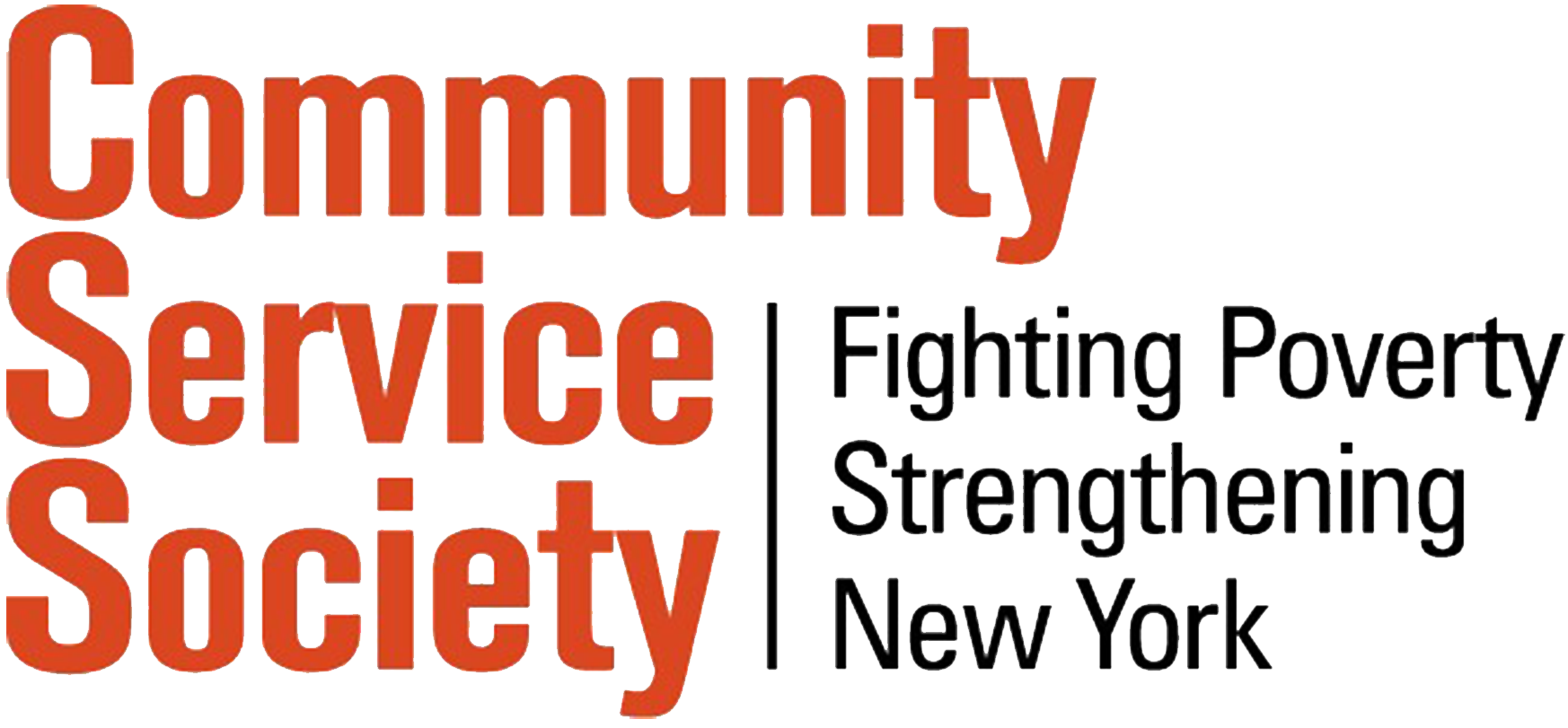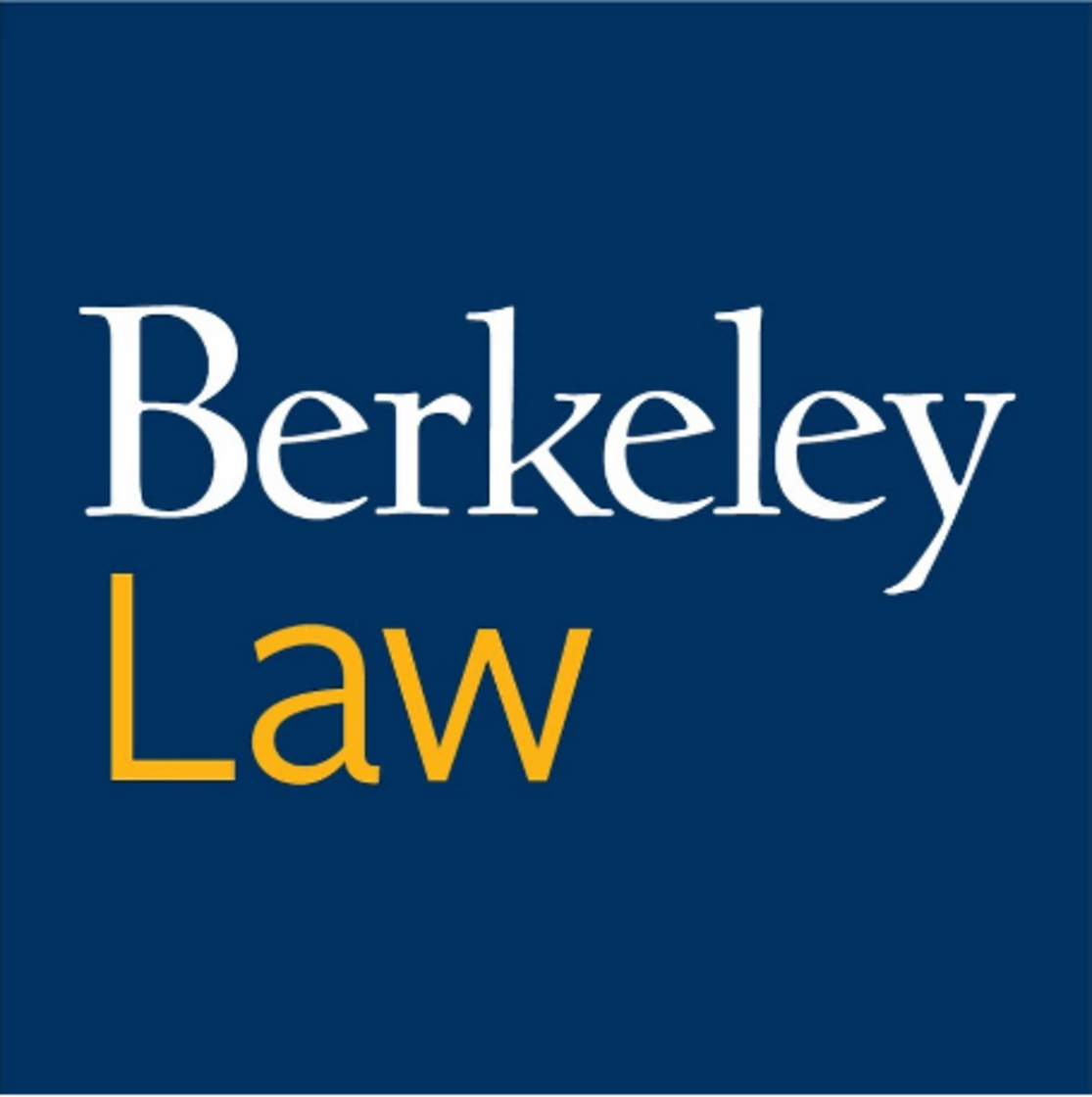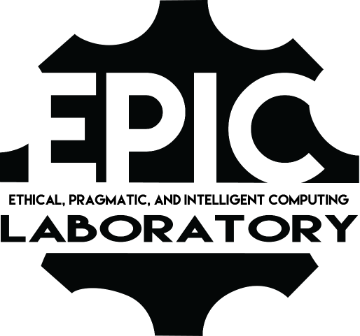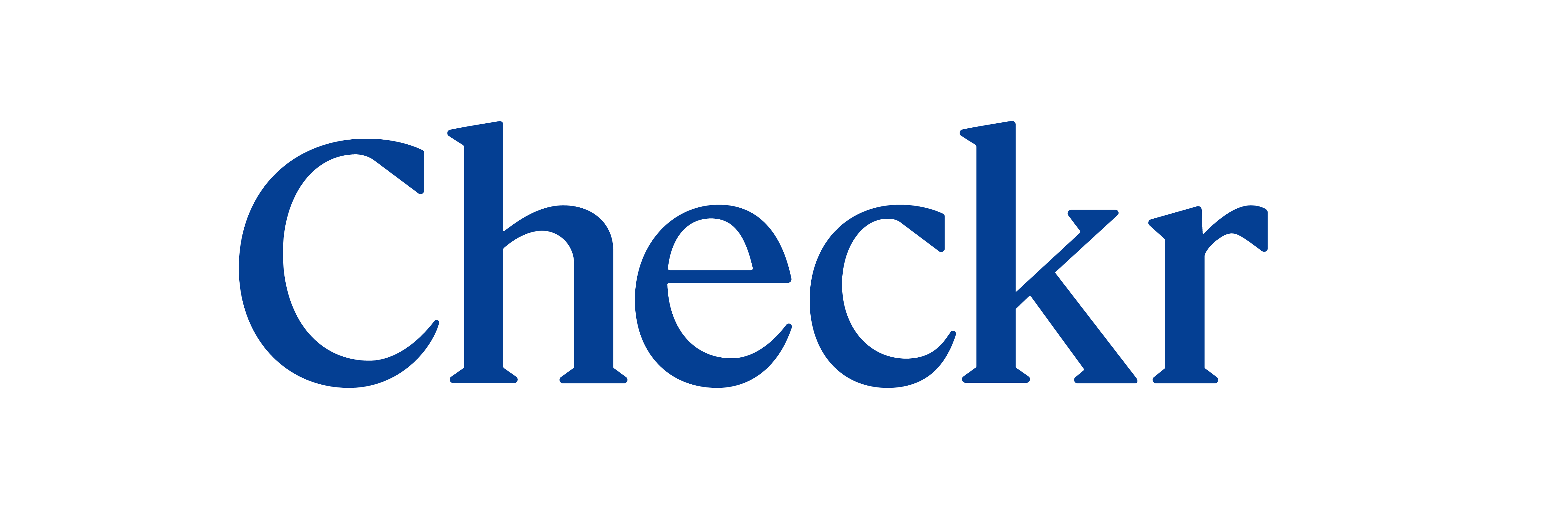State Summary
The New York Second Chance Sealing Gap
Disclaimer
The following is a summary of the law prepared by law students under the supervision of a professor based on consulting multiple sources. It is only up to date as of the dates shown below and in many cases we had to make judgment calls. Therefore we encourage you to also consult the sources below, as well as the Restoration of Rights Project that include summaries of the law for all 50 states and US territories.
Summary of the Law
To implement the modeling in our report, we assumed that a conviction was eligible for automated Clean Slate sealing pursuant to S1553C/A6399B if:
- It was not a sex offense under New York Penal Law §§130 or 263;
- In the case of a misdemeanor conviction, the person remained conviction-free for a 3-year period following sentencing;
- In the case of a felony conviction, the person remained conviction-free for a 7-year period following sentencing;
- The person did not have a pending charge.
We assumed that, under C.P.L. 160.59, commission of any one of the following offenses rendered a person ineligible for record sealing:
- Sex offenses under New York Penal Law §§130 and 263
- Felony offenses under New York Penal Law §125
- Violent felonies and Class A Felonies under New York Penal Law §70.02
- Any Class A felonies under New York Penal Law
- Conspiracy to commit felony offenses under New York Penal Law §105 where the underlying offense is not an eligible offense.
- Attempts to commit an offense that is not an eligible offense if the attempt is a felony
- Offenses for which registration as a sex offender is required pursuant to New York Consolidated Laws, Correction Law Article 6-C
Furthermore, to be eligible for C.P.L. 160.59 sealing, individuals must not have more than a total of two convictions (only one of which may be a felony) on their criminal record.






